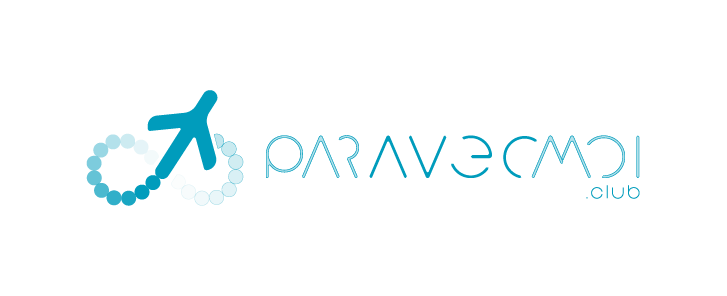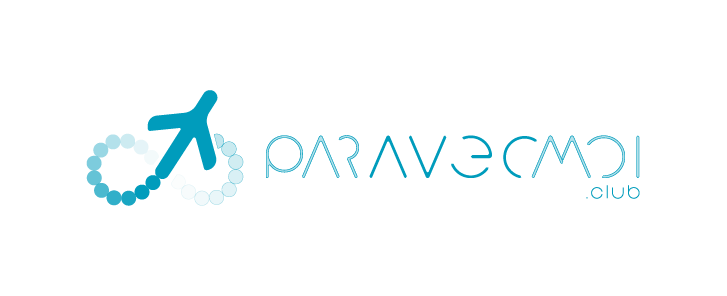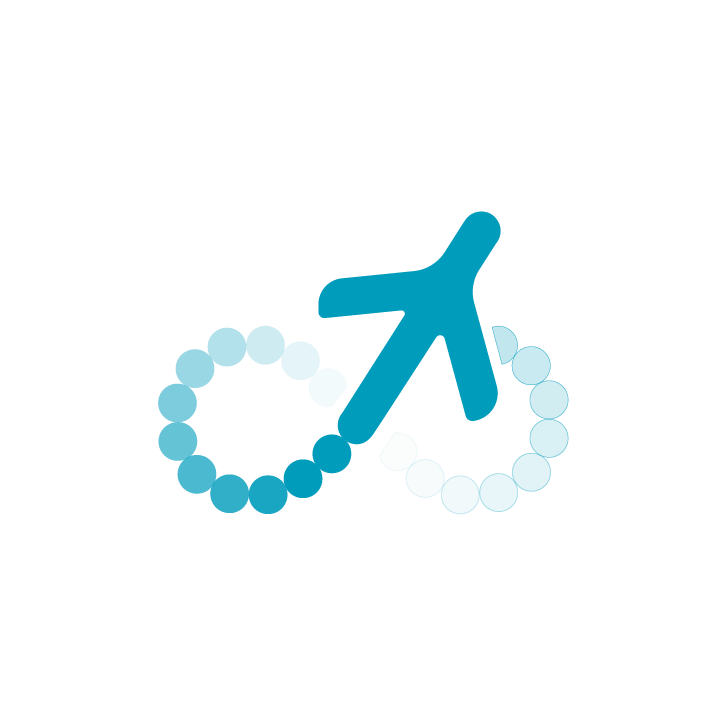Gas Pressure Regulator Industry Innovations Driving Efficient Gas Distribution
The gas pressure regulator industry encompasses a wide range of products designed to control and manage gas pressure in various applications. This industry includes regulators for industrial, commercial, and residential use, ensuring safe and efficient gas distribution. Key players in the market are focusing on innovation and improving the reliability of their products to meet the growing demand. The industry's growth is fueled by increasing safety regulations and the need for effective gas management solutions across multiple sectors, including energy, manufacturing, and healthcare.
The gas pressure regulator market plays a vital role in ensuring the safe and efficient operation of gas systems across industrial, commercial, and residential sectors. Gas pressure regulators are devices designed to control and maintain a consistent output pressure regardless of fluctuations in input pressure. These devices are crucial in applications such as natural gas distribution, industrial manufacturing, heating systems, and chemical processes. The increasing need for energy efficiency, safety, and compliance with regulatory standards has driven the growth of the gas pressure regulator market. With technological advancements and expanding industrial infrastructure, the market continues to witness steady growth across the globe.
Market Dynamics
The dynamics of the gas pressure regulator market are shaped by the interplay of several factors. Rising demand for natural gas and liquefied petroleum gas (LPG) in industrial and residential sectors has necessitated the deployment of reliable pressure control systems. Stringent safety regulations across various regions further drive the adoption of high-quality regulators to prevent overpressure, leaks, and system failures. Economic growth and industrialization, especially in emerging economies, have led to the expansion of gas distribution networks and infrastructure, boosting demand for pressure regulators. Additionally, advancements in smart regulation technologies, including digital and automated systems, are enhancing operational efficiency and reliability.
Types of Gas Pressure Regulators
Gas pressure regulators are available in various types to meet different operational requirements. Single-stage regulators reduce the pressure in a single step and are commonly used in small-scale applications. Multi-stage regulators, on the other hand, provide precise control over pressure in complex systems and are often employed in industrial applications. Adjustable regulators offer flexibility by allowing users to set desired output pressures, while preset regulators maintain fixed pressure levels for specific applications. Additionally, diaphragm and piston-type regulators cater to varying flow and pressure requirements. The availability of diverse types enables industries to select regulators tailored to their operational needs.
Regional Insights
Regional trends indicate varied adoption rates and market growth patterns. North America dominates the market due to advanced infrastructure, high safety standards, and widespread use of natural gas. Europe closely follows, driven by energy efficiency initiatives and regulatory compliance. The Asia-Pacific region is emerging as a significant growth market due to rapid industrialization, urbanization, and expansion of the oil and gas sector. Latin America and the Middle East are witnessing moderate growth, fueled by investments in energy infrastructure and modernization of gas distribution networks. These regional insights reflect the market’s dependence on industrial development, regulatory frameworks, and technological adoption.
Technological Advancements
Technological innovation is reshaping the gas pressure regulator market. Modern regulators incorporate features such as digital control, remote monitoring, and automated adjustments, improving safety and efficiency. Materials innovation, including corrosion-resistant alloys and lightweight composites, enhances the durability and performance of regulators. Smart regulators equipped with sensors and IoT connectivity provide real-time pressure monitoring, predictive maintenance alerts, and data analytics capabilities. These advancements enable companies to optimize gas distribution systems, reduce operational risks, and ensure consistent performance under varying conditions.
Applications Across Industries
Gas pressure regulators are used across multiple industries to ensure safe and stable operations. In the oil and gas sector, they regulate pipeline pressures and storage systems to prevent accidents. Chemical and pharmaceutical industries rely on precise pressure control for process consistency and safety. Residential and commercial applications include heating systems, cooking gas, and water heaters, where regulators ensure user safety and appliance longevity. Industrial manufacturing processes also depend on regulators for pneumatic systems and gas-fueled machinery. The widespread applicability underscores the essential role of gas pressure regulators across sectors and their contribution to operational safety and efficiency.
Market Challenges and Opportunities
While the gas pressure regulator market continues to grow, it faces challenges such as high costs, maintenance requirements, and the need for skilled personnel. However, these challenges create opportunities for manufacturers offering cost-effective, durable, and technologically advanced solutions. The focus on energy efficiency, safety compliance, and environmental protection presents opportunities for smart and automated regulators. Emerging economies, with increasing industrialization and energy infrastructure development, represent a significant growth opportunity for the market. Companies that innovate in terms of design, materials, and digital integration are likely to gain a competitive advantage.
Future Outlook
The future of the gas pressure regulator market looks promising, driven by rising industrial demand, technological advancements, and the need for safe gas distribution systems. Integration of smart technologies, IoT, and predictive analytics is expected to redefine the functionality and reliability of regulators. As safety standards and environmental regulations become stricter globally, the adoption of advanced pressure control systems will continue to grow. Additionally, expanding industrial infrastructure in emerging markets will provide significant growth opportunities. Overall, the market is poised for sustained expansion, with innovation and regional development playing key roles.
More Related Reports:
- Art
- Causes
- Crafts
- Dance
- Drinks
- Film
- Fitness
- Food
- Oyunlar
- Gardening
- Health
- Home
- Literature
- Music
- Networking
- Other
- Party
- Religion
- Shopping
- Sports
- Theater
- Wellness



